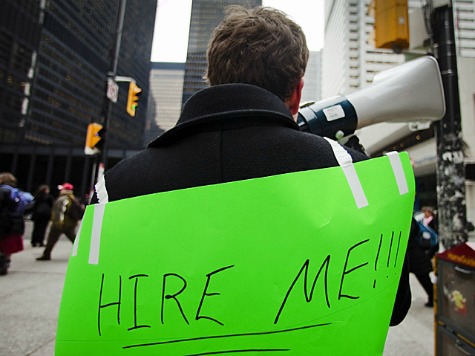University of Michigan researchers have released a study stating that the disparity between the wealthiest Americans and the rest of the country has grown because of the Great Recession and the slow recovery. According to the study, the top 5% of Americans averaged 24 times as much wealth as the wealth of the median American family in 2013; in 2007 they averaged 16.5 times as much.
The report indicates that the divide between the very wealthy and everyone else is derived from the ability of the 5% to invest in the stock market with their spare cash. The stock market dropped by nearly 50% during the recession but has returned to its level before the recession hit. However, about 10 percent of American households own 80 percent of stocks on the market.
Middle-class Americans, meanwhile, often look to their home equity for their wealth, but home prices have not regained their former status since the recession. In the first three months of 2014, 18.8% of homeowners who had a mortgage owed more on their mortgages than the worth of their homes, according to Zillow. Zillow adds that another 18.1% own so little equity that the equity couldn’t cover closing costs and a down payment on a new home.
Only 64.8% of Americans own homes, as opposed to 69.2% in 2004.
The study asserted that all households lost money during the recession and no group has fully regained what it lost. Still, the top 5% lost 16% of their net worth since 2007, while the median households lost a whopping 43%.
The Federal Reserve’s figures do not agree with the study, as they argue that the nation as a whole restored all its wealth after the recession by April 2013. However, the Fed’s picture is based on an average of all households and is not broken down into different strata of wealth. Fabian Pfeffer, an assistant research professor at the University of Michigan, said the university’s study may have estimated less of an overall wealth recovery than the Fed did because its sample size could not accommodate the wealthiest 2% of the nation’s populace.

COMMENTS
Please let us know if you're having issues with commenting.